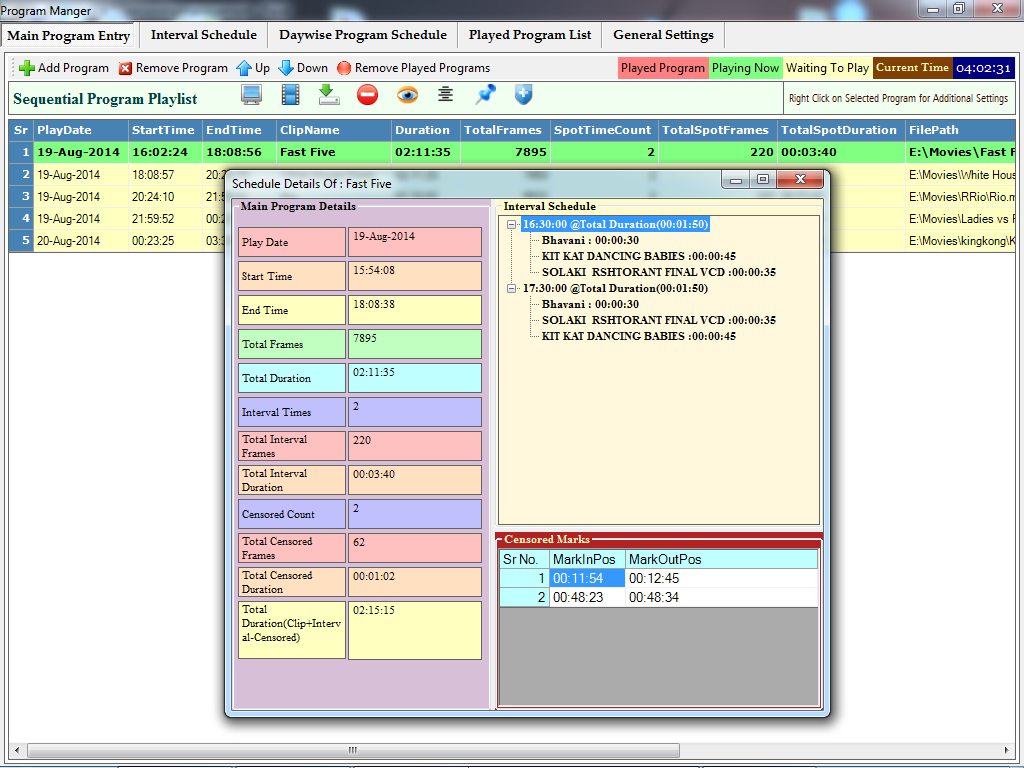How to insert Local Channel in Digital Cable Network?
Digital Cable is any sort of high quality TV conveyance utilizing digital video density for allocation. The technology was initially created by General Instrument before being gained by Motorola and thusly obtained by ARRIS Group. Cable organizations renewed over to digital system during the 2000s, around the time that TV signals were transformed over to the Digital HDTV set up, which was not well-suited with previous analog cable systems. In addition to giving higher resolution HD video, Digital cable systems offer extended services, for example, pay-per-perspective programming, cable internet access and cable phone services. Most digital cable signals are scrambled, which lessened the high rate of cable robbery which happened in analog systems.
 Digital cable technology can permit many TV channels to reside in the frequency space that would usually be engaged by a solitary analog cable TV channel. The number of channels placed on a solitary analog frequency depends on the density used. Many cable operators are able to set about 10 digital SD channels or 2 digital HD channels on a solitary analog channel frequency. Several providers are capable to clutch more channels onto a solitary frequency with advanced density, but frequently this can cause the video excellence of the channel to humiliate.
Digital cable technology can permit many TV channels to reside in the frequency space that would usually be engaged by a solitary analog cable TV channel. The number of channels placed on a solitary analog frequency depends on the density used. Many cable operators are able to set about 10 digital SD channels or 2 digital HD channels on a solitary analog channel frequency. Several providers are capable to clutch more channels onto a solitary frequency with advanced density, but frequently this can cause the video excellence of the channel to humiliate.
The adding of this ability complicates the concept of a "channel" in digital cable as well as in over-the-air ATSC digital broadcasts. The recognized names for the two numbers that now recognize a channel are the physical channel and the sub channel.
The sub channel is a consistent channel of data within the substantial channel. Technically there can be up to 1024 sub channels in a substantial channel; though in practice very few are used as the bandwidth must be separated along with the complete sub channel.
 There are two ways operators try to make this very easy for customers. The first, proficient through PSIP, is where programmed and channel data is broadcast along with the video, allowing the customers’ set-top box or display to automatically recognize the many channels and sub channels.
There are two ways operators try to make this very easy for customers. The first, proficient through PSIP, is where programmed and channel data is broadcast along with the video, allowing the customers’ set-top box or display to automatically recognize the many channels and sub channels.
The second is where, in an attempt to cover sub channels completely, many cable companies map virtual channel numbers to original physical and sub-channels. For example, a cable company might call channel 4-1 "channel 632" and channel 4-2 "channel 633". This also let the cable company to adjust the frequency of a channel without altering what the customer sees as a channel number. In such planning, the physical channel numbers are called the "QAM channel", and the optional channel designation is called the "mapped channel", "virtual channel", or simply "channel".
In theory, a set-top box can decode the PSIP data from all channels it receives and use that data to build the mapping among QAM channel and virtual channel. Though, cable companies do not for all time consistently transmit PSIP data. On the other hand, Cable Cards receive the channel mapping and can converse that to the set-top box.
Aplomb Technology has developed Movie Channel Software, Music Channel Software, Game Scoreboard software, Regional Program channel software, News Channel software, Customer SMS Song Selection Channel software and many more theme base software.
Download detail reference document from here: How to insert local channel in Digital Cable network?

Comments (0)